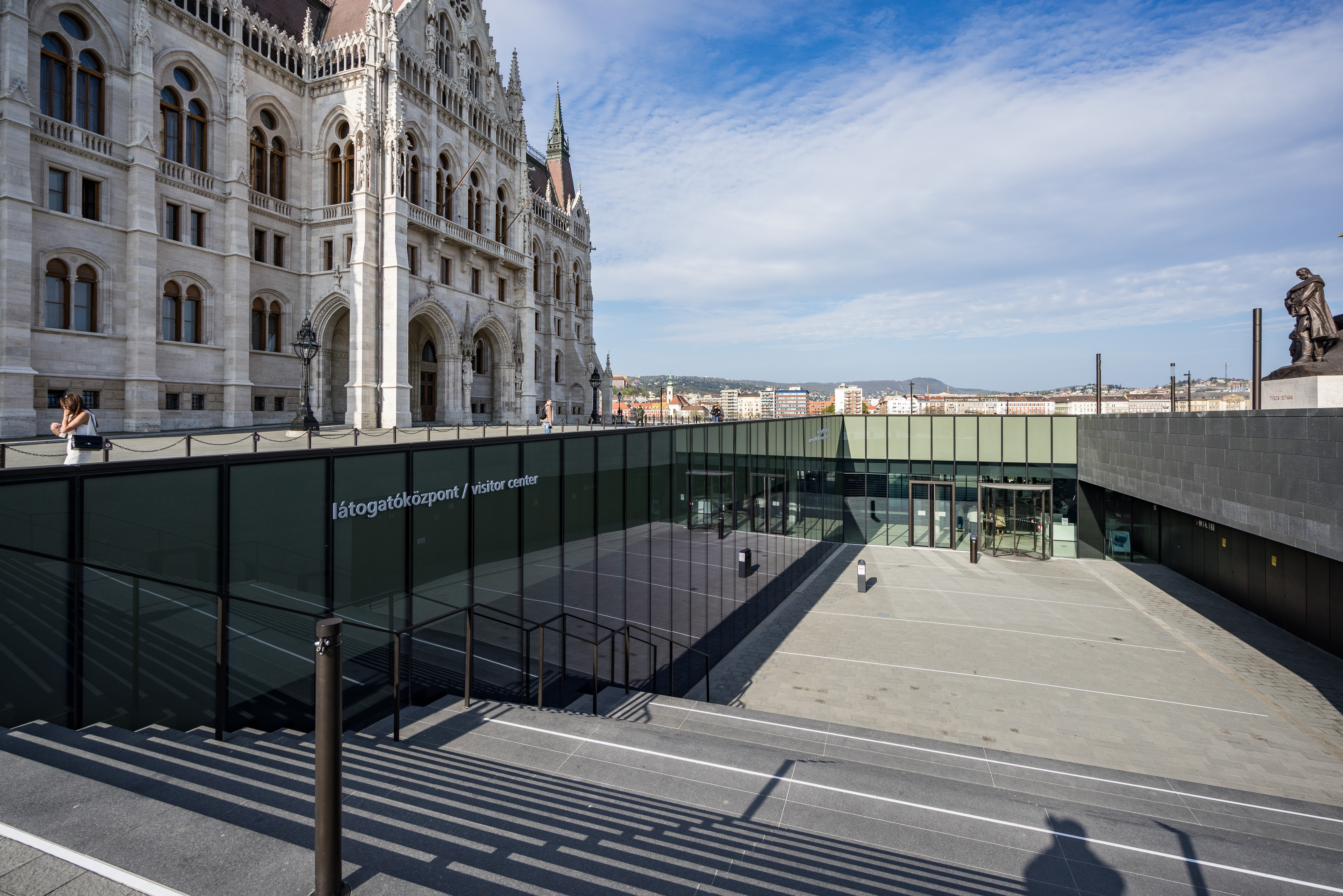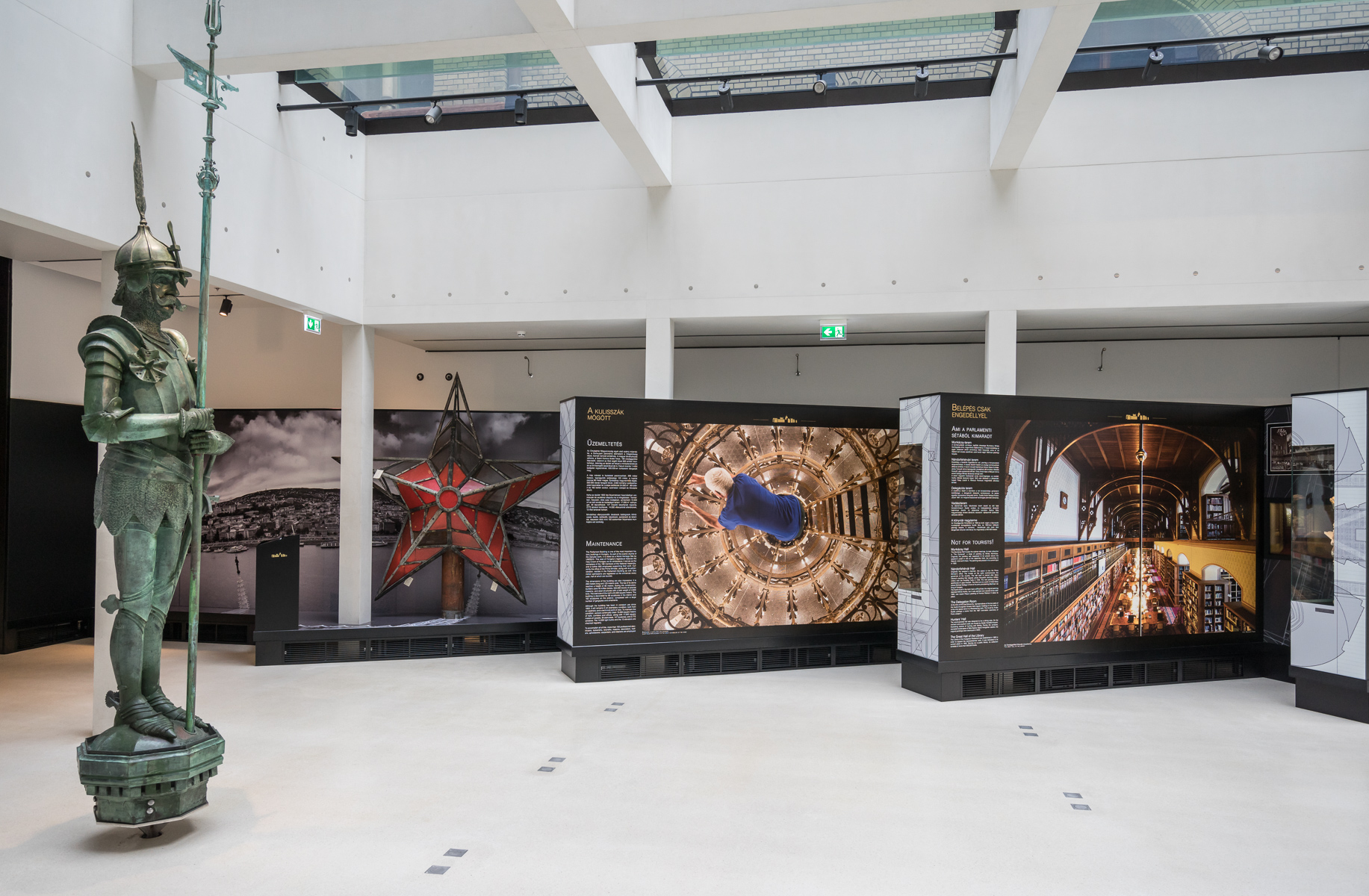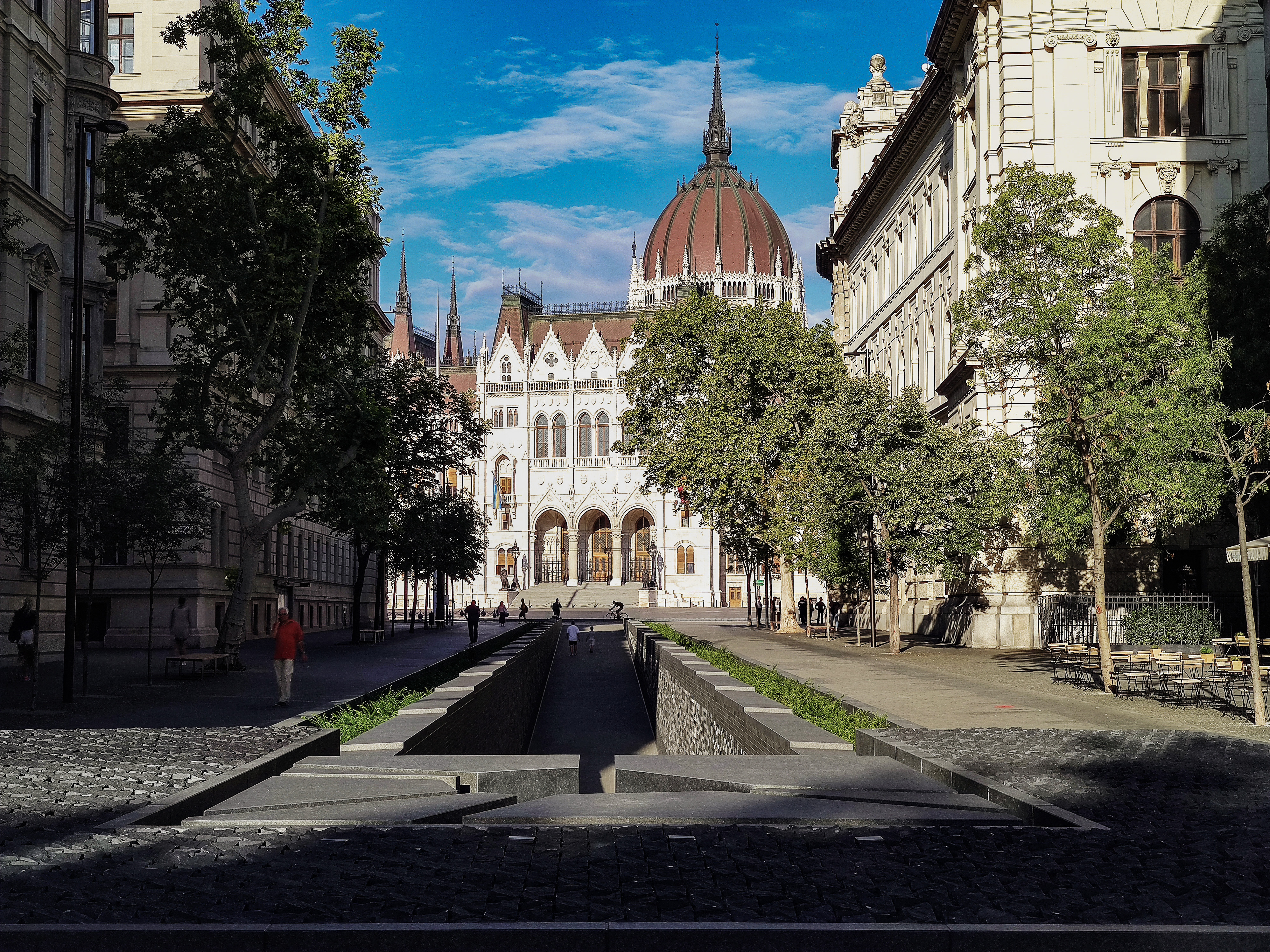The reconstruction of Kossuth Square – the Steindl Imre Programme (SIP)
The reconstruction of Kossuth Square – the Steindl Imre Programme (SIP)

In 2011, Hungary’s National Assembly passed its Resolution No. 61/2011 (VII. 13.) on the reconstruction of Kossuth Square on which the House of Parliament stands. The works were carried out under the Steindl Imre Programme (SIP). The reconstruction of the square, which took place between 2012 and 2014, involved the renewal of a surface area of nearly 7.5 hectares and the establishment of a wealth of new functionalities.

Kossuth Square after the reconstruction
These changes resulted in the drastic reduction of vehicle traffic. The tramlines were also moved. The asphalt paving was replaced by natural, hard-weathering flagstones. The public utilities were overhauled, ridding the square of the jungle of cables and poles. The project designers were more than happy to incorporate the hitherto neglected quay-side promenade into the unified structure of the square. A well-conceived and sustainable park structure was implemented throughout the square. Of the more than 23,000 m² of green surface, an area of 11,800 m² was converted into lawn. From the direction of Alkotmány Street, the square is closed off by a reflecting pool, behind which a 33-meter-tall pole was erected with a 28m² national flag flying atop.

The square section north of the House was designated as the site for a three-level underground parking garage for MPs and National Assembly staff. The Visitor Centre, also below the level of the square, attracts over 700 thousand visitors a year with its quality services. From here, visitors can access the exhibition of the Museum of the Hungarian Parliament, presenting one thousand years of Hungarian legislation, or take the underground corridors into the House itself.

The room underneath Courtyard No. XV houses an exhibit of the architectural history of the House of Parliament. The former ventilation tunnels underneath the square have been turned into exhibition halls. The southern ventilation tunnel is dedicated as a memorial to the victims of the shooting of 25 October 1956 that took place during the Revolution of that year, while the northern section houses the Lapidarium of the House of Parliament.

the south side of the square
The square regained its artistic beauty of the pre-1944 era. The previously destroyed equestrian bronze statue of Count Gyula Andrássy and the monument erected to Count István Tisza were reconstructed based on original photos and documents. The figures of the Kossuth monument were recreated by using exact copies. The equestrian statue of Francis II Rákóczi was dismantled, restored piece by piece, then re-erected somewhat further away from its original site. The programme also included the renovation of the bronze lions guarding the main entrance, as well as the reconstruction and re-installation of the previously lost bronze relief of István Szabó de Nagyatád’s statue. The statues, erected in the square after World War II, were renovated and moved to other prominent locations.

Parliament
In parallel to the reconstruction of Kossuth Square, the renovation of the House’s facades was accelerated and completed, and the final sections of the scaffolding were removed by the Christmas of 2013. After the completion of the external refurbishments, all the facades of the House of Parliament were fitted with new, modern lights. The building at 2-4 Kossuth Square, formerly known as the Wellisch Palace and used by the government since World War II, received a new facade and roof.

The second phase of the Steindl Imre Programme included the renovation of the House’s former residential building and boiler room, currently known as the Tisza Lajos Office Building, as well as the reconstruction of the facade that was simplified after World War II. The subsequently erected additional floor was also removed. The most prominent part of the project, dominating the view of the square, is the Szabad György Office Building. It was erected in the place of the former headquarters of the Federation of Technical and Scientific Societies and currently houses the Office of the National Assembly. The Steindl Imre Programme also included the renovation of the limestone coats of arms adorning the facade of the House, during which 120 (previously often duplicated) pieces were replaced.

During the second phase, the Monument of National Martyrs was also reconstructed. The Memorial of National Unity, running along Alkotmány Street, was built to commemorate the 100th anniversary of the Trianon Peace Treaty.




